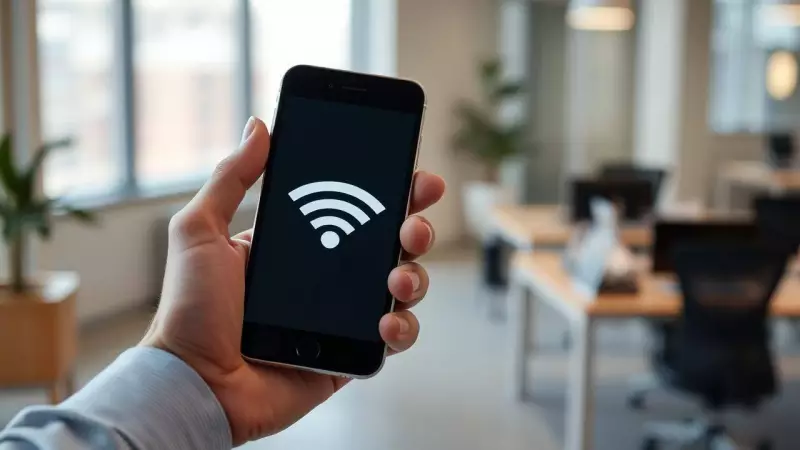
In our digitally-driven lives, a stable Wi-Fi connection is the backbone of daily activities, from important work video calls to streaming your favourite shows. However, the convenience of auto-connect features on our devices often leads to a common dilemma: forgetting the complex password for your own wireless network.
Fortunately, you are not locked out permanently. Modern operating systems securely store these credentials, allowing you to retrieve them with a few simple steps. Whether you need to connect a new smart device or share access with a guest, here is your comprehensive guide to uncovering that elusive Wi-Fi password across all major platforms.
Retrieving Your Wi-Fi Password on Windows
For users of Windows computers, there are two primary methods to find a saved network password. Both are effective and give you direct access to the security key.
Method 1: Via the Control Panel
Begin by opening the Network and Sharing Center through your system's Control Panel. Locate and click on the name of your active Wi-Fi network. In the new window that appears, select 'Wireless Properties'. Navigate to the 'Security' tab, and here you will find a checkbox labelled 'Show characters'. Clicking this box will instantly reveal your Wi-Fi password in plain text.
Method 2: Using Command Prompt
If you prefer a command-line approach, open Command Prompt with administrator privileges. Type the command netsh wlan show profiles and press Enter. This will generate a list of all Wi-Fi networks saved on your PC. Next, type netsh wlan show profile name="NETWORK_NAME" key=clear, making sure to replace 'NETWORK_NAME' with the exact name of your Wi-Fi. Scroll through the results until you find the 'Key Content' field, which displays your password.
Finding Your Wi-Fi Password on macOS and iOS
Apple's ecosystem provides a seamless and secure way to manage passwords through its built-in Keychain Access utility.
On a Mac, open Keychain Access from the Utilities folder within your Applications. Use the search bar in the top-right corner to type the name of your Wi-Fi network. Double-click on the network entry from the list, and a new window will open. Check the box that says 'Show password'. You will be required to authenticate with your Mac's administrator password to proceed. Once confirmed, your Wi-Fi password will be visible.
For iPhone and iPad users running iOS 16 or later, the process is even more straightforward. Go to Settings, then Wi-Fi. Tap the information icon (a small 'i' in a circle) next to the network you are connected to. You will see a 'Password' field; tap on it and authenticate using Face ID or Touch ID to reveal the password directly on your device.
How to Check Wi-Fi Password on Android
Android handles saved passwords with a focus on security, but sharing access is simple. Navigate to your device's Settings, then go to Network & Internet and select Internet. Tap on the name of your saved Wi-Fi network. You should see a 'Share' button. After tapping it, you may need to authenticate with your PIN, pattern, or fingerprint. The system will then generate a QR code that others can scan to connect. Importantly, the actual Wi-Fi password is often displayed in text underneath the QR code for your reference.
Essential Tips for Wi-Fi Password Management
To avoid the hassle of forgotten passwords in the future, consider adopting a few best practices. Using a dedicated password manager like Google Password Manager or relying on iCloud Keychain can securely store and auto-fill your credentials across devices. If your household has multiple networks, labelling them with clear and distinct SSIDs prevents confusion. For security, it is wise to change your Wi-Fi password periodically to protect against unauthorized access. Finally, always keep a backup of your router's login details and Wi-Fi password in a secure place, such as a locked note or a trusted password manager.
In conclusion, forgetting your Wi-Fi password is a common issue with simple solutions. Windows and macOS offer direct ways to view saved passwords, while Android and iOS provide secure methods to share or reveal them. Remember, these passwords are your first line of defense for your network, so always share them responsibly and ensure your router's firmware is regularly updated for optimal security.





